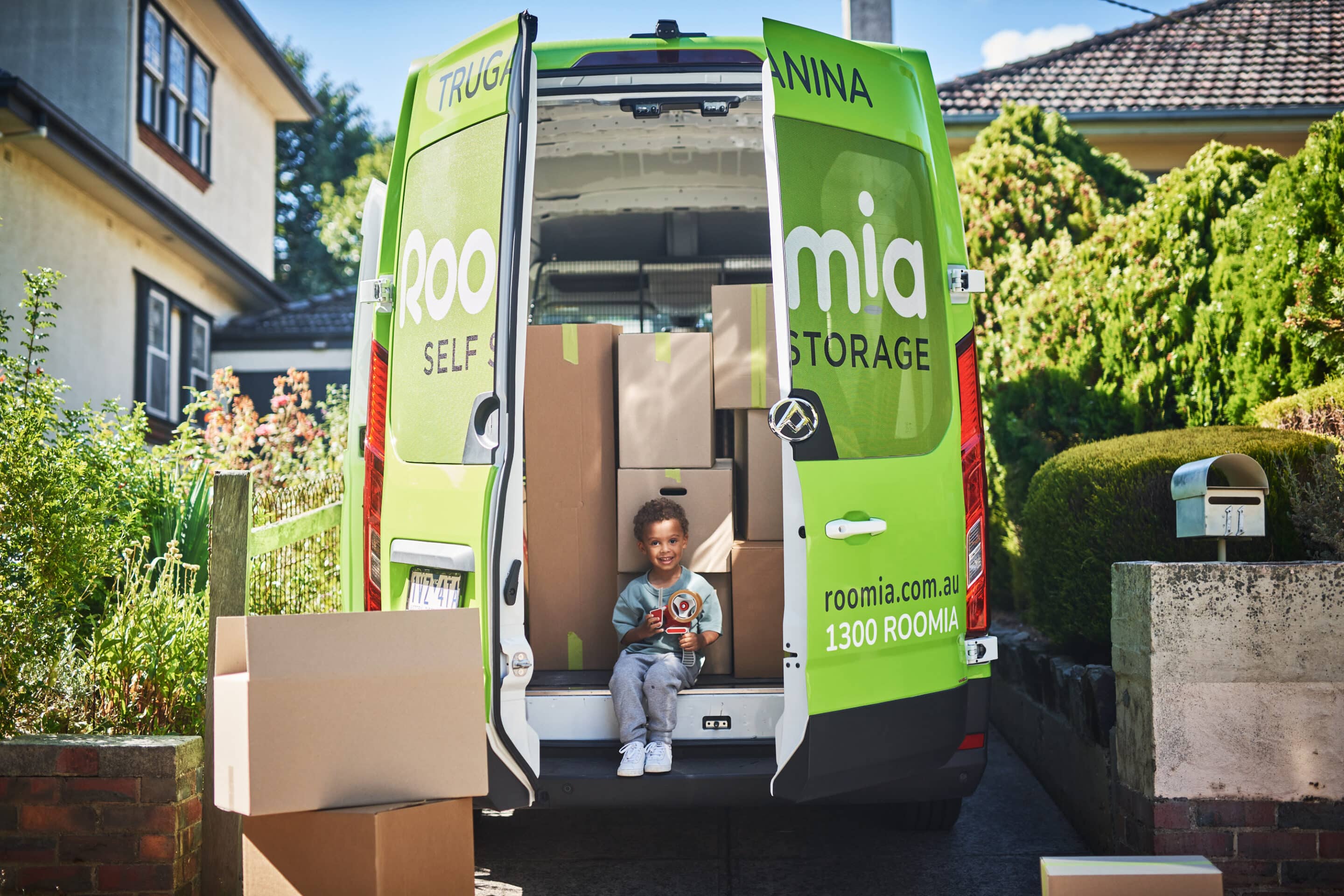The current consumer snap back to practicality hasn’t reduced the importance of the experience and transformation economy. It simply means the experiences consumers seek are evolving.
Australia’s current (and hopefully temporary) contraction in living standards is making consumers think very carefully about where they spend. But macro trends in consumer sentiment are still guiding the types of experiences they seek. How can smart brands adapt the experiences they offer to capture consumer attention and support?
The shift from transactions to experiences
In recent years, as one of the few positive COVID outcomes, a notable change has emerged in consumer values, with Australians increasingly prioritising experiences over material possessions and transactional relationships. Among other things, this shift manifests as a desire for personal fulfillment, a deeper interest in provenance, and a growing focus on sustainability. Instead of accumulating belongings, people are choosing to invest in meaningful moments and transformative journeys. As the economy tightens, consumers are becoming even more discerning in their brand preferences.
So, what does an evolving experience look like as brands evolve to match changed consumer preferences?
Green Apple
A compelling example can be found in Apple’s approach to iPhone packaging. Just a few years ago, iPhone boxes were intentionally large and elaborate, reinforcing a celebratory feel to the ‘unboxing’ of the product. The design, while undeniably high-quality, was crafted to help craft a premium experience that helped to justify the Apple premium.
Today, Apple packaging still feels premium but is more practical and modest in scale. Some might argue this change was a cost-cutting measure. It’s not. It was a prescient response to changing consumer attitudes toward environmental sustainability and conspicuous consumption. Some might argue this change was a cost-cutting measure. It’s not. It’s a powerful statement about agility in shaping the way consumers experience Apple and is one small example of how leading brands are redefining how they connect with consumers in an era where values and priorities are evolving.

Give me space
When times are uncertain, humans have a natural response to seek order and certainty in their personal lives. A basic example can be found in the drive for transformative experiences that foster physical, mental, and emotional well-being.
One of the most striking examples of this can be found in the consumer desire to ‘de-clutter’, leading to an explosion in the number of self-storage consumers. One of DPR&Co’s proudest moments has been the creation of the Roomia national self-storage brand. Our client worked with us to create an experience to match a newly discovered consumer insight: “a little empty space can transform your life”. Earthy green colour coding, hand-picked and trained customer service professionals, and a female friendly service matched to accommodate people who are often going through times of significant change were all factored into the playful brand evocation “Make your life Roomia”.

Happy at home
It’s often said that moving house is one of the three most stressful things in life. The thought of being uprooted from a family home due to financial stress can be even more traumatic. Homesafe Wealth Release targets asset rich, cash poor retirees enabling them to sell part of the equity in their home in order to gain financial independence. The experience it promises is remarkable in its simplicity and power: “Change nothing, change everything”.
Make my life easier
Perceptions around increased householder stress during tighter economic times provide opportunities for brands to promise an experience based on creating more family or ‘me’ time. This creates opportunities for brands that may have been considered as ‘low-engagement’, such as household cleaning products, as contributors to a more positive lifestyle – freeing time or energy for what are considered to be more meaningful pursuits. DPR&Co client, Sabco, for example, promises a customer experience that combines the notion of ‘smart’ cleaning products with the promise of a decluttered and clean home environment (“It’s how Australia cleans”).

Deeper recreational experiences
On the travel front, one of the most compelling examples of the experience economy has been led by mathematical genius David Walsh, who almost single handedly changed perceptions of Tasmania from a history and nature-based travel experience of modest value into a high value exploration of culture, food, wine AND natural beauty. With a softer economy looming, Tasmania is perfectly positioned to deliver experiences akin to overseas travel at a fraction of the cost.
What to consider
Despite the current economic contraction, more of us than ever before strive to ascend Maslow’s Hierarchy of Human Needs. Self-actualisation remains a bigger consideration than ever before.
Embracing this trend means offering evolved experiences that cater to consumers’ desire for novelty, authenticity, and self-actualisation while still meeting the desire for ‘value’.
Creating innovative experiences and transformations starts with seeing the world through your customer’s eyes. Instead of focusing solely on the transaction, ask yourself: what does an ideal interaction with your brand feel like? Make an honest evaluation of the customer experience your brand currently promises. That may require the input of as dispassionate observer, but it is the first step in exploring how reframing your product’s value as a meaningful experience or transformation can better address your customer’s needs.
At DPR&Co, we can help you design meaningful customer experiences with your brand – at both a macro and micro level. We have the technology and methodologies to help you shape B2B and consumer experiences that resonate with freshness and truth.
And while your competitors are down in the reeds, you’ll be the brand charting the path of conquest.

